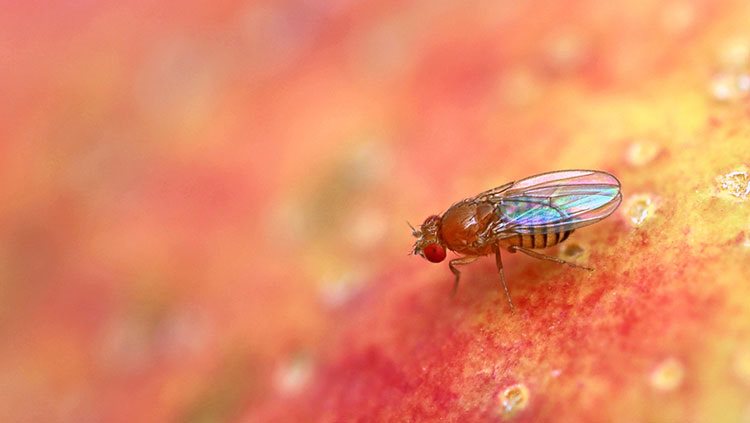Understanding Animal Research
- Published25 Jun 2013
- Reviewed25 Jun 2013
- Author Emily K. Dilger, PhD
- Source BrainFacts/SfN
Neuroscientist Liz Burnett is a postdoctoral fellow specializing in understanding addiction at the Medical University of South Carolina. In this video, Burnett discusses how animal models help scientists understand the healthy body and what goes wrong during disease, enabling scientists to develop therapies and cures for many diseases.
Almost every major medical advance in the last century was made possible by carefully regulated, humane animal research. Animal models are the foundation for studying how the healthy body works and understanding the mechanisms of disease. This approach promises to be equally essential to progress in the next century.
Scientists understand the importance of ensuring that all research, especially work that involves animal models, be conducted within humane guidelines. For this reason, the Society for Neuroscience, along with the Federation of European Neuroscience Societies, the Japan Neuroscience Society, the International Brain Research Organization, have joined forces to formulate a Global Statement on the Use of Animals in Researchin an effort to create collaboration around animal research issues.
CONTENT PROVIDED BY
BrainFacts/SfN
Also In Animals in Research
Trending
Popular articles on BrainFacts.org


















